Thanksgiving is coming up fast, and many of us will be cooking large feasts. While many experienced chefs will be cooking, a lot of inexperienced home cooks will be hard at work, too. So, for everybody, experienced or novice, let's take a few minutes to review relevant food safety and find some resources if needed.
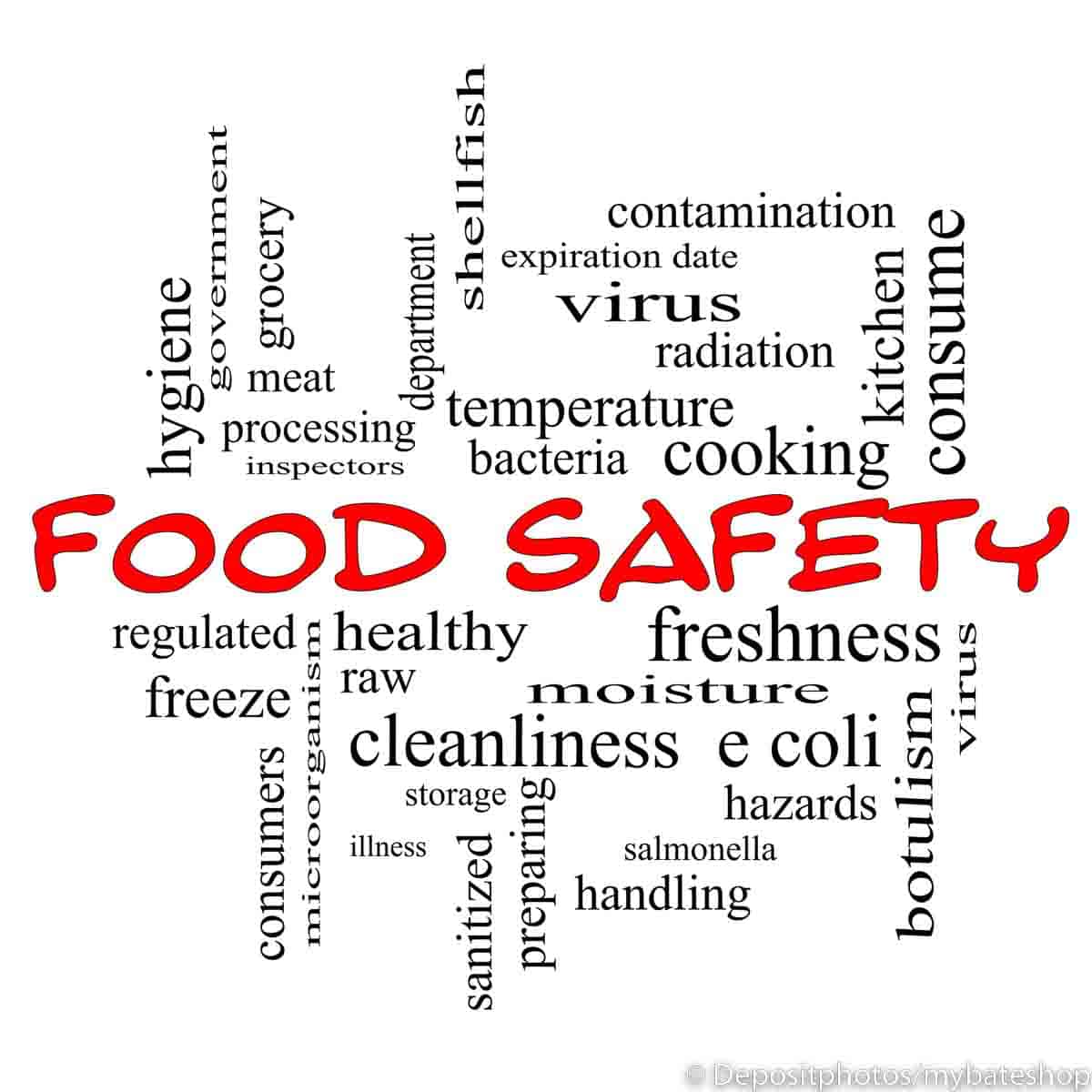
TABLE OF CONTENTS

Many decades ago, when I grew up, nobody checked the temperature of foods or worried about food safety. We were so wrong.
In my 40 years as a physician, I have seen many cases of food-borne illnesses. Mostly mild and self-limiting, but some are much more serious, especially in children and the elderly. So, let's get this right.
Refreshed Nov. 22, 2023, but not significantly changed.
🦃Turkey Safety
First, a reminder about cleaning poultry: always assume that the bird is contaminated with harmful bacteria. Pat dry, and don't spray with water that will spread in the area. Wash hands well for 20 seconds before and after touching raw poultry.
Please check Chicken… To Rinse or Not To Rinse? for more information.
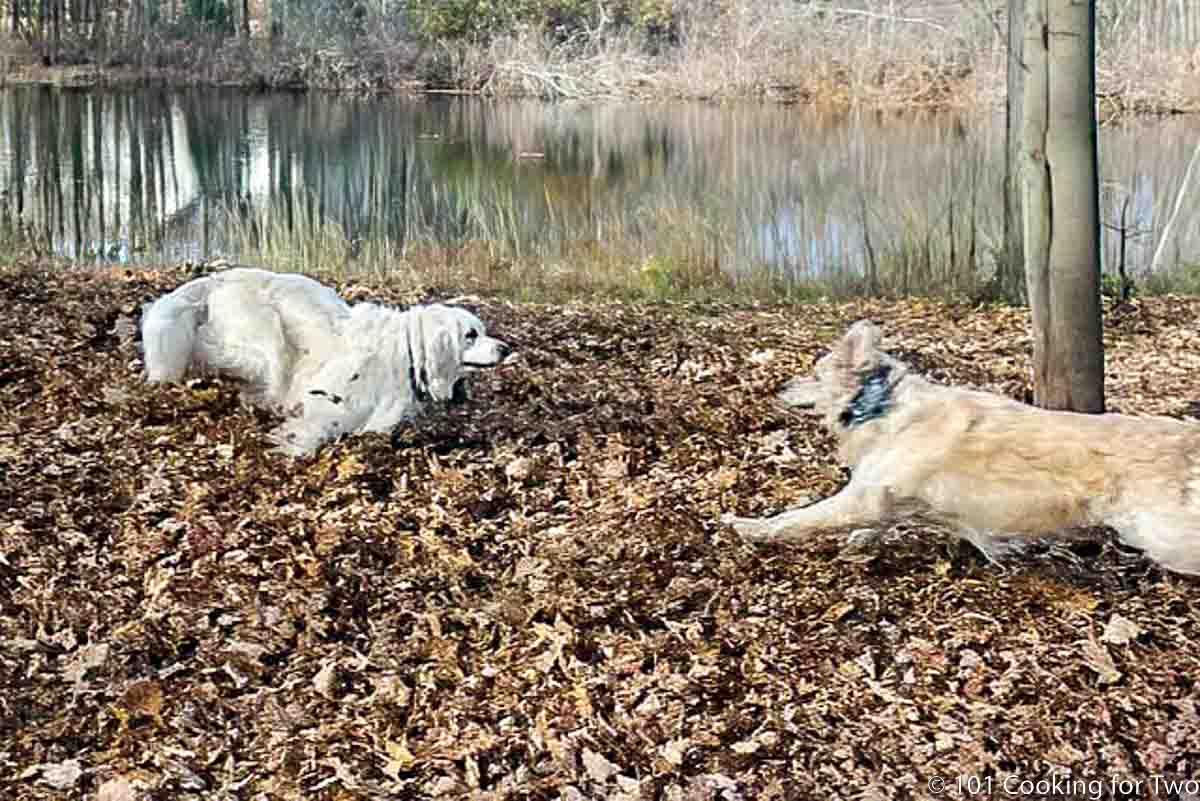
Turkey Defrosting
If your bird is frozen, it needs to defrost before the holiday. DO NOT defrost by setting out at room temperature. That is not safe.
To safely thaw the bird, keep it in the unopened wrapper and place it in the refrigerator. Plan on about 5 hours per pound, so plan ahead. That 20-pound bird will take 4 days plus. So plan for it and give yourself a little cushion.
But you procrastinated, didn't you? So you have a frozen turkey to cook tomorrow. What to do? The old cold water trick is what you are looking for. According to the USDA, the cold water method is:
- Thaw the breast side down in the unopened wrapper with enough cold water to cover your turkey completely.
- Change the water every 30 minutes to keep the turkey chilled. The idea is to keep the bird in water that is under 40° so it thaws safely.
- Estimate a minimum thawing time of 30 minutes per lb.
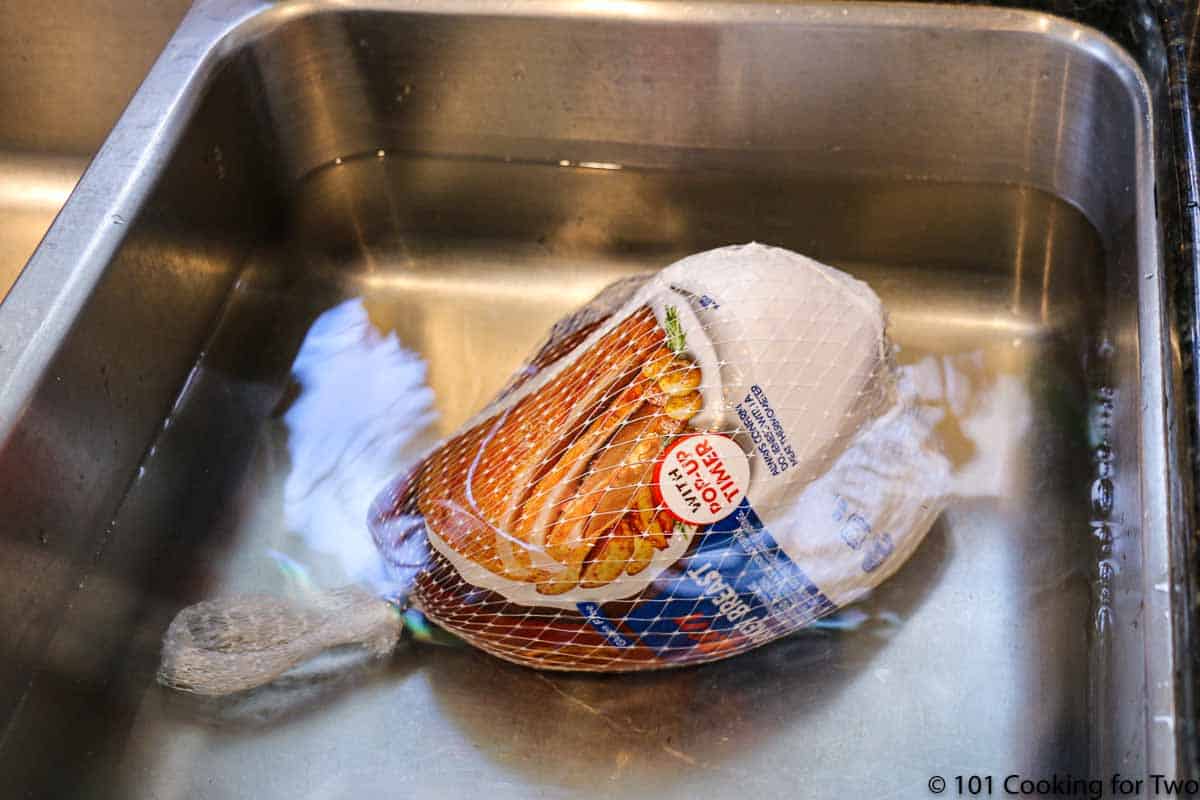
But you forgot to thaw, and it is Thanksgiving morning. All hope is not lost. You can cook a frozen turkey but in a precise manner, and it takes longer. Check out How to Cook a Frozen Turkey.
♨️Cooking a Turkey Safely
Turkey Temperature
The minimum safe internal temperature for any poultry, including turkey, is 165° per the USDA. That will kill the harmful bacteria. You will read about dark meat needing 180°, which is true for taste and texture but not for safety.
Please note that the popup plastic thing they put in your bird is useless and, if believed, can be dangerous. Please do not rely on it.
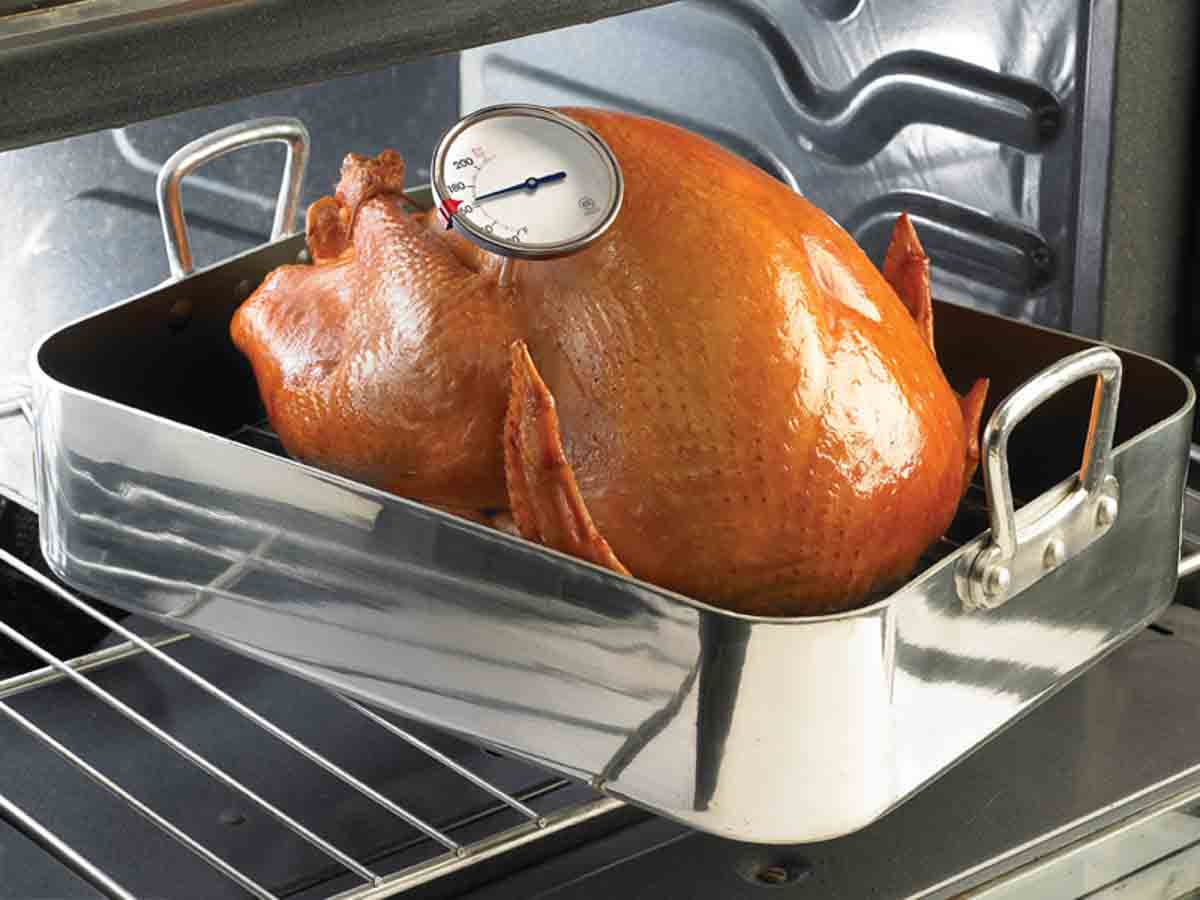
You must get a meat or instant-read thermometer to be safe. This is not optional; it is required. See my Shop if you need recommendations, or the $10 electronic type from your local Home Depot type store will work.
These are products I recommend for monitoring temperatures. They are affiliate links, and I do earn a small amount that will not affect your price. For more information, see my Privacy Policy.
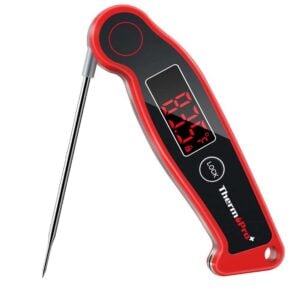
ThermoPro TP19 Instant Read Thermometer
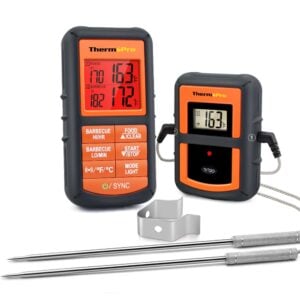
ThermoPro TPO8 Two Probe Remote Thermometer
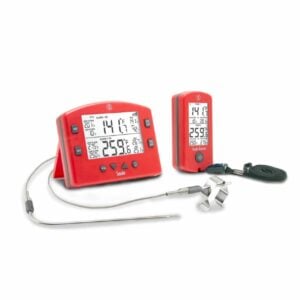
Smoke™ by Thermoworks™
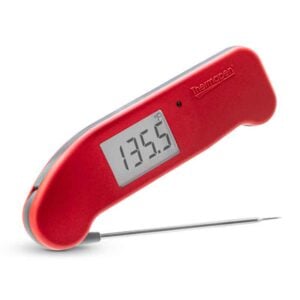
Thermapen™ One from Thermoworks™
Stuffing/dressing Safety
The best answer here is never to cook the stuffing in the bird. Just don't do it.
Stuffing will need to get to 165° to be safely consumed, and you will overcook everything else if it is in the bird. Please, please, please cook your dressing outside the bird. If you must, please check Dressing Basics at the USDA. But don't do it!
🌡️General Food Safety Rules
- Wash your hands, kitchen surfaces, cutting boards, and kitchen tools frequently after handling uncooked foods, especially before touching other foods, tools, or surfaces. Hot, soapy water is your friend.
- Wash produce well, but not eggs, meat, or poultry, which can spread bacteria.
- Never thaw or marinate at room temperature.
- Keep meat, poultry, seafood, and eggs separated from other foods during storage and preparation.
- Keep hot food hot and cold food cold because the bacteria multiply quickly in the “Danger Zone” between 40° and 140°.
- Cover leftovers to prevent cross-contamination and store under 40° within two hours.
- Consume or freeze leftovers within 3-4 days.
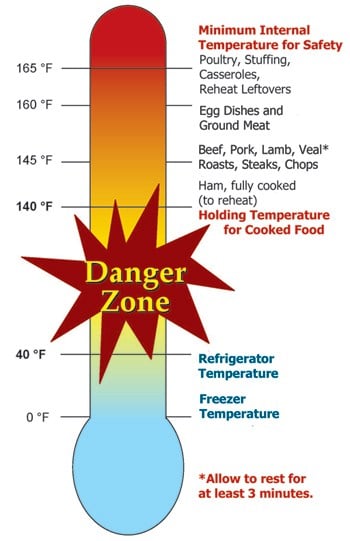
Serving safely
- Cold foods: Keep them cool to 40° or less for safety. At room temperature, they can set out but no longer than 2 hours or 1 hour if the temperature is above 90 degrees. Or you can
- Hot food should be kept at or above 140°F.
- Refrigerate or freeze leftover foods promptly. If over the time limits, then discard it.
Check foodsafety.gov for more information and other food safety tips.

📚Holiday Cooking Resources
Nov. 22, 2023 update—all links and phone numbers are still correct.
Butterball.com Yes, it is still there in 2022. Known as the complete online reference for turkey questions, there are videos and all the handholding you should need, but if you have something not covered, you can call 1-800-BUTTERBALL or text 844-877-3456 to chat with their turkey experts.
USDA-Stay Food Safe this Thanksgiving Holiday Excellent, basic advice. Probably everything you need.
USDA -SOS on Turkey Day – My Turkey Isn’t Ready, What Do I Do Now? To get you out of trouble.
King Author Flour Baking help at 855-371-2253. Check their homepage for online chat and email support. Hours not published.
Recipe recommendations
Let's have a happy and safe Thanksgiving out there.
DrDan
Publisher's Note: Originally published November 21, 2016, and updated yearly near Thanksgiving with current information.

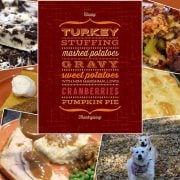
Corliss Sprague
Love your cooking
Thanks
Could you consider once a week emails covering all or just some of your offerings for the week?
As an option to daily emails
Dan Mikesell AKA DrDan
Hi Corliss,
Welcome to the blog.
About the newsletter. Emails go out irregularly-Now averaging about 2-3 per week but I skipped 6 weeks a few months ago due to surgery. The newsletter is more a service for readers, it is there if somebody wants them.
They go out when I post to the current timeline in the previous 24 hours. Financially, it is slightly above break even. If I go to once per week, they are a financial loser and I would have to spend several hours per week to compose specific emails instead of being automatic.
They will continue in the 2-4 per week range for months since I need to rewrite about 300 blog posts (it will take many months). You can find the list of those posts under "What's New" on the home page about 3/4 of the way down.
Hope that helps you decide.
Dan
jane
Hi again, Thank you your advice on thawing does help. Dang it! I think I got a turkey with some enhanced solution of broth and and other stuff. Oh well, next year I'll brine!
Jane Barnard
Hi, I have a small bird - just 10 pounds. I have it in the fridge to defrost. When I get home from work tonight, can I do the cold water submersion method for a couple of hours then put it back into the fridge. I just want to insure that it is good and thawed when I brine it on Wednesday. BTW, how long do you recommend brining?
THanks,
jane
DrDan
Hi Jane,
Welcome to the blog.
A 10 pounder "should" thaw in a couple of days no problem but if your refrigerator is cold, it could take longer. I would wait and just do the sink in the water trick at the end if needed. But you could do the water bath and put it back in the fridge. Just keep the original wrapper intact.
The second issue is the brine. Almost every frozen turkey is injected or pre-brined and should not be brined or they will be salt overloaded and be so salty they will be hard to eat.
If you are absolutely sure it was not injected or brined then you can find my turkey brine instructions at https://www.101cookingfortwo.com/how-to-brine-turkey/.
Hope that helps.
Dan
Deborah
Your link to instructions for cooking a fully frozen turkey is wonderful! I've always agonized over whether my bird was fully thawed in the fridge (or thawed for too long) and this seems like a great solution. Does require some specific temperature equipment, but that makes sense. Many thanks!
Norma
Thanks for all the helpful instructions. Love your blog. Love your doggies, especially their baby pictures.
Happy Thanksgiving Dr. Dan!
Anne
Great reminders and helpful links for more information. Thank you, Dr. Dan, and have a Happy Thanksgiving!
laurajay
Thanks Dr Dan Happy Thanksgiving to you and your family!
DrDan
Thanks and the same to you.
Dan